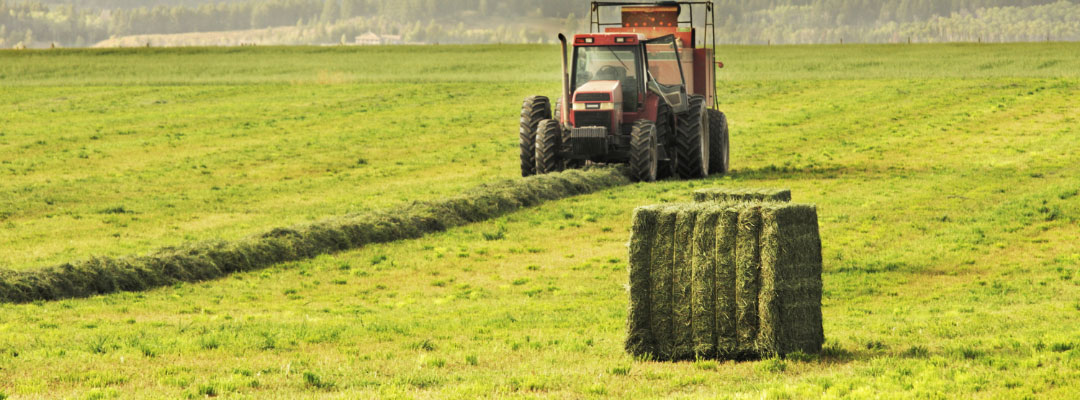Cash rents in 2021 have increased at a national average of 1.4% from 2020. Agricultural land values have seen a similar pattern. However, land values and cash rents may not necessarily reflect the same set of factors affecting the farm economy. Cash rents will capture factors affecting returns to agricultural land (past, present and expectations of the future) while agricultural land values will also capture non-agricultural factors such as expected future land use pressures and land taxation which are decoupled from farm incomes.

Cash rents therefore will depend on indicators of expected returns to farming such as yields, soil quality, irrigation, crop choice, prices and farm policy. Since a dip in farm incomes after 2012, cash rental rates at the national level have been relatively stable. However, recent increases in farm income indicators have begun placing upward pressure on cash rental rates. As the figure shows, not all locations or land use types experience this pressure similarly. For many Southern states, irrigation is becoming more common in row crop production and irrigated acres have seen the most significant upward trend in rents. Changes to rents on non-irrigated acres were much less pronounced.
As a tenant or landlord, negotiating what to pay/charge as cash rent can be a complex question. Maintaining good records of farm performance usually provides a good basis for starting, and a variety of income/expense driven formulas can be found to use as templates. The producer income approach, for example, takes expected revenue and subtracts expected costs to evaluate net returns available for rent. Most formula methods will require some assumptions about future revenue streams, which can be a drawback but allows for a relatively straightforward reference point from which to begin determining a final cash rental rate. While coffee shop market information about local rates can be helpful, it rarely tells the full story. Widely collected USDA data can describe trends, but doesn’t address specific attributes of a unique piece of farmland. Don’t ignore any of these sources, but it is critically important to do the math with your own assumptions to determine what you can afford.
Citations:
Fee, R. February 2011, “Seven Ways to Compute Cash Rent”. Successful Farming. https://www.agriculture.com/farm-management/farm-land/farmland-values-on-a-rocket-ship
US Department of Agriculture, National Agricultural Statistics Service. 2021. QuickStats. September. http://quickstats.nass.U.S.da.gov/
Connor, Lawson. “A View of Cash Rents.” Southern Ag Today 1(45.3). November 3, 2021. Permalink

